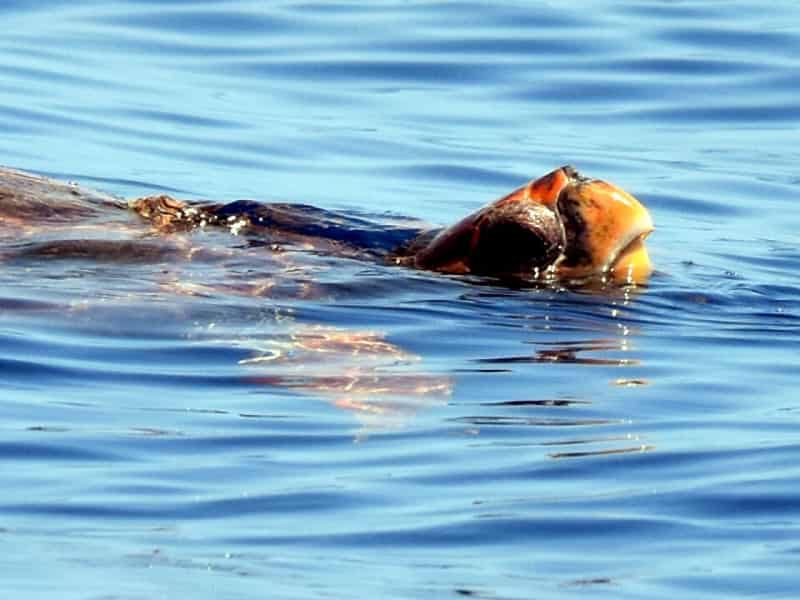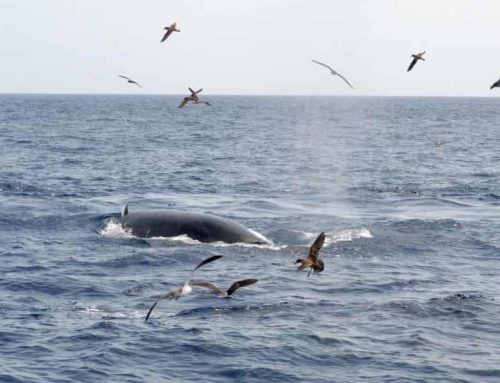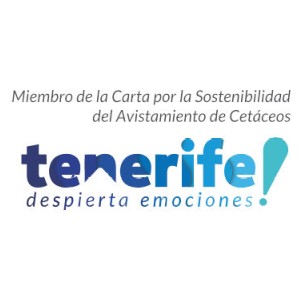Turtles in Canary Islands
Committed to all quality standards.
Diving is one of the most attractive tourist activities in the Canary Islands. Nothing better than swimming into this sea full of life and taking a closer look at the most curious species in the ocean. Here you will learn a little more about turtles in Tenerife, how to observe them, and get acquainted about all what’s around that experience.
What’s the best time of the year for turtle seeing in Tenerife?
One of the advantages of the Canary Islands ecosystem is an ideal environment that favors the coexistence of all kinds of marine animals. Nice temperature all year long, warm waters and abundant food, among other characteristics, means that turtles in Canary Islands can be seen any time throughout the year.
However, the chances for tourists and visitors of having good sightings usually increases between April and October, since those are the warmest and most summery months at that latitude. Some experts in marine biology recommend not going so far into the deep sea to observe the turtles, since they usually wander near the coast, where they can get easier food in the reefs.
Also, the best place to find them is in the south of Tenerife, since that’s precisely the warmest area of the island, washed by ocean currents coming from the equator.
What kind of sea turtles can be seen in the Canary Islands?
Not only turtles are found in this ecosystem. Cetaceans such as whales and dolphins, as well as 38 other different species can be seen in Costa del Silencio, Los Cristianos y Las Américas. However, and referring only to turtles, the following two species are common near those beaches.
Green sea turtle
Known by biologists as Chelonia mydas, the common name refers not to its carapace appearance but to the green color of its fat. They use to live in tropical and warm environments, so the waters of Tenerife have become their favorite place. They often wander near coastal areas, where they can easily find better food.
Some helpful hints to consider before diving for watching these noble animals are the following:
- The smallest ones use to eat crabs, worms, snails and jellyfish. After two years they become herbivorous, feeding mainly on sponges.
- They are approximately 25 to 70 inches (70 to 160 cm) long.
- Specimens can weigh around 400 to 600 lb. (200 to 300 kg).
- Their carapace use to be somewhat greenish; however, it can have some brown and whitish tones, which slightly turns to yellow as they grow older.
- Females nest every two years during the mating season and lay between 100 to 200 eggs.
Loggerhead sea turtle
This species, Caretta caretta, has several common names, but they are usually referred to as loggerhead turtle or caretta turtle. These in particular can be seen in Tenerife throughout the year, however it’s during the summer and spring that they tend to group in greater numbers. A distinctive characteristic is their larger head, compared to most sea turtles.
Locals use to call them “dummy turtles” since they can be easily captured while floating in the sea surface. Some other characteristics of this species are:
- They’re omnivorous: they feed from plants and animals like jellyfish, algae, fish and squid.
- They are slightly smaller than the green sea turtle, somewhat between 25 to 50 inches (70 to 120 cm) in length.
- Weight is always below 400 lb.
- Carapaces frequently are colored in reddish and yellowish tones.
- Eggs incubation takes place on the beach and lasts around 80 days.
Some tips and cautions to be taken when diving with sea turtles in Tenerife
Most of the tours include a list of recommendations in order to preserve the habitat of these fascinating animals. All of them should be carefully followed to ensure minimum impact on the ecosystem and, at the same time, guarantee visitors’ safety. Just to be ready, it is worth taking a look at these tips and precautions.
- Tourists interested in turtle watching should visit their natural habitat. Some people promote the migration of those animals near the coast, a practice not really recommended, since it quitealters their natural habits.
- Visitors should not touch these animals, nor any other for that matter, and be quite respectful with the environment.
- Feeding the turtles is strictly forbidden, since they must feed naturally instead of getting the habit of eating tourist-given food.
- Plastic waste and other garbage must never be dumped on beaches or in the sea, because it can be extremely dangerous to marine fauna.
- To enjoy the tour even more and have the best experience, the guidance of a team of experts, both in diving and biology is highly recommended.
Turtle watching in the Canary Islands is an experience all nature lovers should have at least once in their life, and will be even more exciting if marine life is properly cared of. So, following these recommendations is essential to enjoy the adventure.

















